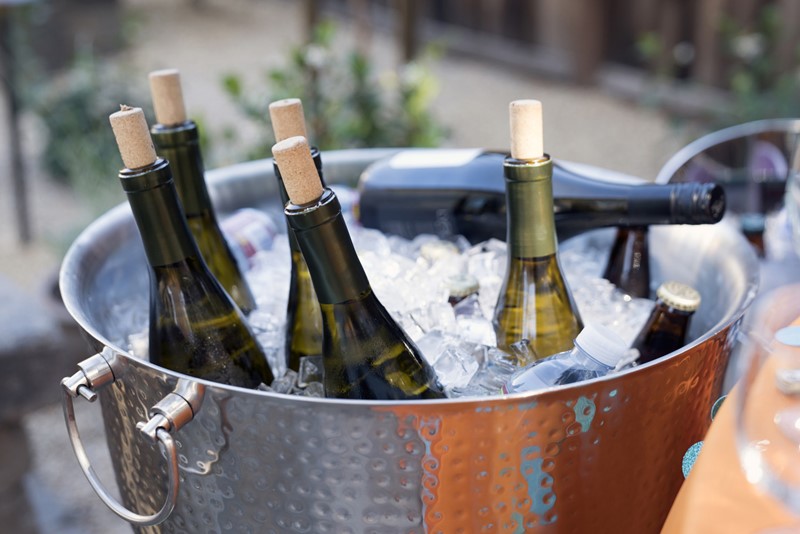Mastering Wine Temperatures
Understanding the impact of temperature on wine aromas and flavors

In the nuanced world of wine appreciation, the serving temperature of a wine is a subject that garners as much attention and discussion as the vintage or the region of its origin. It is a detail that, when overlooked, can drastically alter the intended experience crafted by the vintner. As such, understanding and adhering to the correct serving temperatures of wine, regardless of the season or ambient temperature, is fundamental to the enjoyment and appreciation of this celebrated beverage.
The temperature at which a wine is served is crucial to unlocking its full bouquet of aromas and flavors. A red wine served too cold can mask its fruit-forward notes and exaggerate its secondary aromas, while the same wine served at a warm ambient temperature can cause the alcohol to overpower the sensory experience. Conversely, while a chilled white or rosé wine may provide a refreshing respite on a hot summer day, an overly cold temperature can diminish its aromatic intensity and complexity of flavors, leaving the drinker with a less than ideal tasting experience.
When we shift our focus from casual drinking to wine tasting—a practice where the goal is to critically assess and evaluate the wine—the importance of temperature is further amplified. Tasting demands that a wine be presented at a temperature that allows for an accurate assessment of its attributes and any potential flaws. It is a practice that separates the enjoyment of drinking from the scrutiny of tasting, though both are essential components of the wine experience.
The correct serving temperature varies based on the type of wine. This is determined by the wine's composition and properties, which are best showcased when the wine is served at the ideal temperature. However, achieving this precise temperature can pose a challenge, particularly without the aid of a wine refrigerator or cellar.
The common mistake of using a freezer to chill wine must be avoided at all costs. Wine is sensitive to sudden temperature changes, which can result in a significant loss of flavor. The same goes for adding ice directly to the wine, which not only cools it too rapidly but also dilutes its character. The preferred method is to gradually lower the wine's temperature using an ice bucket, allowing the water from the melting ice to cool the bottle evenly, or by placing it in the refrigerator while carefully monitoring the cooling process.
To ensure precision, the market offers a range of thermometers—from traditional mercury to digital and even infrared—that can aid in achieving and maintaining the desired temperature.
Lastly, the manner in which one holds a wine glass can also impact the wine's temperature. Holding the glass by the bowl can transfer heat from the hand to the wine, especially over prolonged periods. The correct technique is to hold the glass by the stem, thereby avoiding any unintended alteration in the wine's temperature.
In summary, the intricacies of wine temperature management are pivotal to both the enjoyment and evaluation of wine. It is an aspect that requires attention and care, ensuring that each sip reflects the true essence of the wine's character.
Founded in 2007, Vinetur® is a registered trademark of VGSC S.L. with a long history in the wine industry.
VGSC, S.L. with VAT number B70255591 is a spanish company legally registered in the Commercial Register of the city of Santiago de Compostela, with registration number: Bulletin 181, Reference 356049 in Volume 13, Page 107, Section 6, Sheet 45028, Entry 2.
Email: [email protected]
Headquarters and offices located in Vilagarcia de Arousa, Spain.